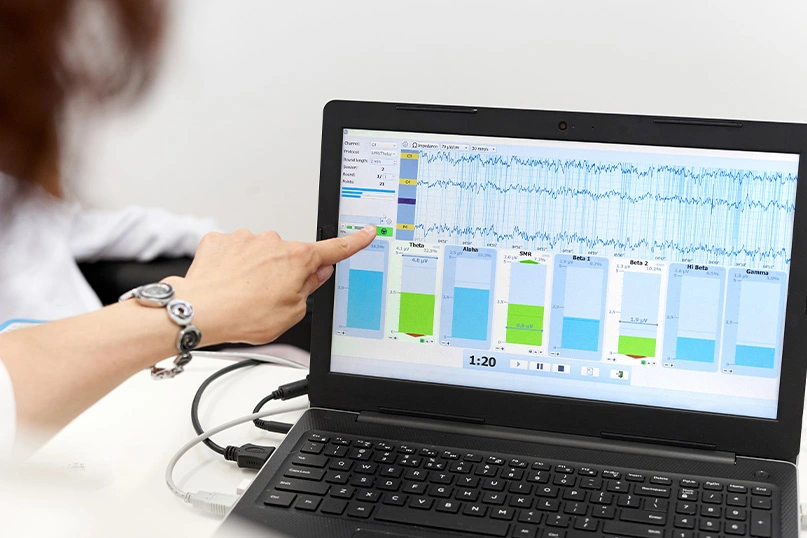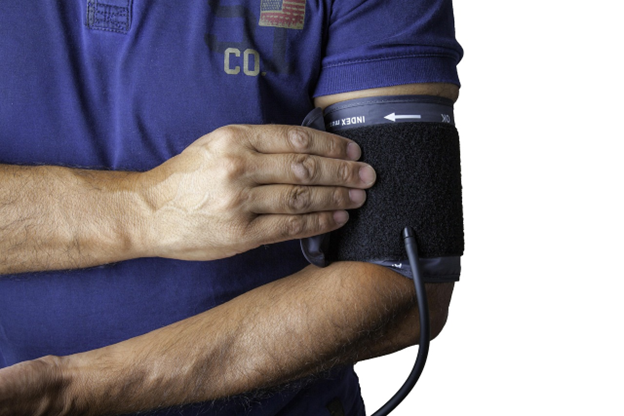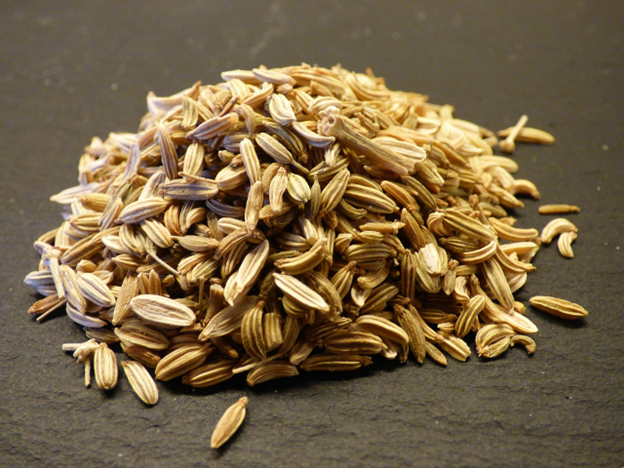Some of the most crucial functions of our body that keep us alive are involuntary. Be it the constant pumping of the heart, electrical activity in our nerves and neurons, or assimilation of nutrients, we do not really have conscious control over these fundamental life processes.
But did you know that there is a mechanism that allows one to directly influence these involuntary functions? This mechanism is biofeedback and it is emerging as a major new therapeutic modality. With a whole range of biofeedback devices for blood pressure control available in the market today, it is high time to consider its potential in helping lead healthier lives.
What is biofeedback?
The term is made up of two terms, namely bio, which of course, indicates anything related to the body, and feedback, which is information received about something in real-time in the form of reactions or measurements. In other words, biofeedback is the mechanism by which an individual can receive real-time information about their bodily functions.
The types of information received via biofeedback may include:
- heart rate
- skin temperature
- brain waves
- muscle activity
- sweat gland activity
- and other parameters
Based on this information, an individual can understand the state of their body on a moment-to-moment basis. The basis of biofeedback therapy for hypertension is to use this information to consciously control one’s involuntary functions and bring oneself back to baseline healthy levels.
Types of Biofeedback Devices for BP and Stress Management
Usually, biofeedback devices can either be wearables or integrated interfaces. Wearables monitor vital functions and provide feedback through a mobile app. On the other hand, integrated interfaces are more complex and involve a computer and electrodes. These are mostly used by physicians in clinics and hospitals.
Based on these two overarching types of devices, there are variants of biofeedback devices for stress management and BP available today:
- EMG (Electromyography) devices: These devices sense the changes in muscle tension of the patient. The shifts in muscle activity can indicate the level of stress that a patient is undergoing. They come in the form of both wearable and integrated interfaces.
- Heart Rate Variability (HRV) devices: These devices measure heart rate and its fluctuations occurring in real-time. Based on these readings, patients are encouraged to use breathing to regulate and calm their heart rates down to healthier and more stable levels. HRV devices are available in smart watch formats as well as more complex diagnostic forms.
- Blood Pressure Monitors: as they name suggests, these are devices that provide real-time BP readings through wearable and integrated interfaces like computers, mobile apps, etc. They can help the wearer/patient influence BP in real-time through both subtle and larger bodily shifts, like changing breathing rate.
- Thermal Biofeedback Devices: these devices measure skin temperature and indicate the relaxation levels of the individual and also provide data on blood flow. They can help users regulate their stress response and thereby, improve blood circulation in real-time. They usually come in the form of wearable sensors and fingertip clips, among other forms.
Mechanisms of Biofeedback Devices
The fundamental mechanism behind biofeedback devices is to provide real-time information to the user in the form of sensory data. The biofeedback can be received through means like sound, touch, visuals, or other sensations. For instance, if one’s heart rate increases above a specific threshold, a pulsing sound can indicate the beat rising in intensity and pace. The information itself is collected through sensors that measure various bodily functions and parameters.
The methodology behind such devices is that once a user understands their body’s inner workings in an intuitive manner, they can take control of these functions and alleviate symptoms like high heart rate. This intuitive nature of the information provided by these devices has transformed many into tools for home biofeedback for BP. Some of the methods by which users can regulate BP and stress using the information from biofeedback devices include:
- Deep breathing
- Progressive muscle relaxation
- Guided visualization
- Meditation
- Mindfulness activities
Benefits of Biofeedback for Stress and BP
There are several benefits associated with biofeedback devices for blood pressure control, including:
- Ease of Use: biofeedback devices tend to be both intuitive and non-invasive. This makes them the perfect non-pharmacological blood pressure reduction They are easy to use and understand.
- Patient/User Autonomy: The intuitive and non-pharmacological nature of such devices allows users to take their health and well-being into their own hands. This promotes independence and confidence in their ability to heal themselves.
- Bodily Awareness: Biofeedback devices provide deep insights into how an individual’s body functions and can help them in fine-tuning their bodily systems for a healthier lifestyle.
- Personalization: Everyone’s body works differently, at least to a subtle extent. Biofeedback devices personalize one’s healing journey by allowing users to interface directly with their own unique bodily tendencies.
- Zero Side Effects: Unlike medications which can have a number of unwanted side effects, biofeedback is non-invasive and places emphasis on the individual’s own ability to heal themselves.
Challenges and Future Directions
Even though biofeedback and blood pressure management is usually considered a safe practice, there are definite challenges associated with this technology. These include:
- Varying effectiveness: level of effectiveness varies from person to person
- Skill-based: unlike a pharmacological intervention, biofeedback-based healing requires practice and time to master
- Cost: such devices tend to be expensive and inaccessible to certain user segments
- Dependence: several studies have found that the benefits associated with such devices reduce drastically once users stop using them
- Emotional Response: constant signals from the body, especially concerning ones, can cause anxiety and frustration among users, which can in turn increase blood pressure
In the near future, the integration of AI as well as more immersive sensory data for increased intuitiveness are some potential advancements that await biofeedback devices. Wireless devices, augmentation using AR and VR technologies, and contactless interfaces are all possibilities that can be explored.
Conclusion
Biofeedback devices for stress management can play a significant role in helping users manage their BP in an intuitive and independent manner. The lack of side-effects and the non-invasive nature of such devices make them especially crucial in the ever-evolving medical field. However, it is necessary to ensure that these devices are combined with professional expertise and guidance. Even though they are powerful, the results associated with them vary drastically from person-to-person.
Disclaimer
The information contained in this article is to educate, spread awareness in relation to hypertension and other diseases to the public at large. The contents of this article are created and developed by BPinControl.in through its authors, which has necessary, authorisations, license, approvals, permits etc to allow usage of this articles on The Website. The views and opinions expressed in this article are views, opinions of the respective authors and are independently endorsed by doctors. Although great care has been taken in compiling and checking the information in this article, The Website shall not be responsible, or in any way liable for any errors, omissions or inaccuracies in this article whether arising from negligence or otherwise, or for any consequences arising therefrom. The content of this article is not a substitute for any medical advice. The Website shall not be held responsible or liable for any consequence arising out of reliance on the information provided in the article.




